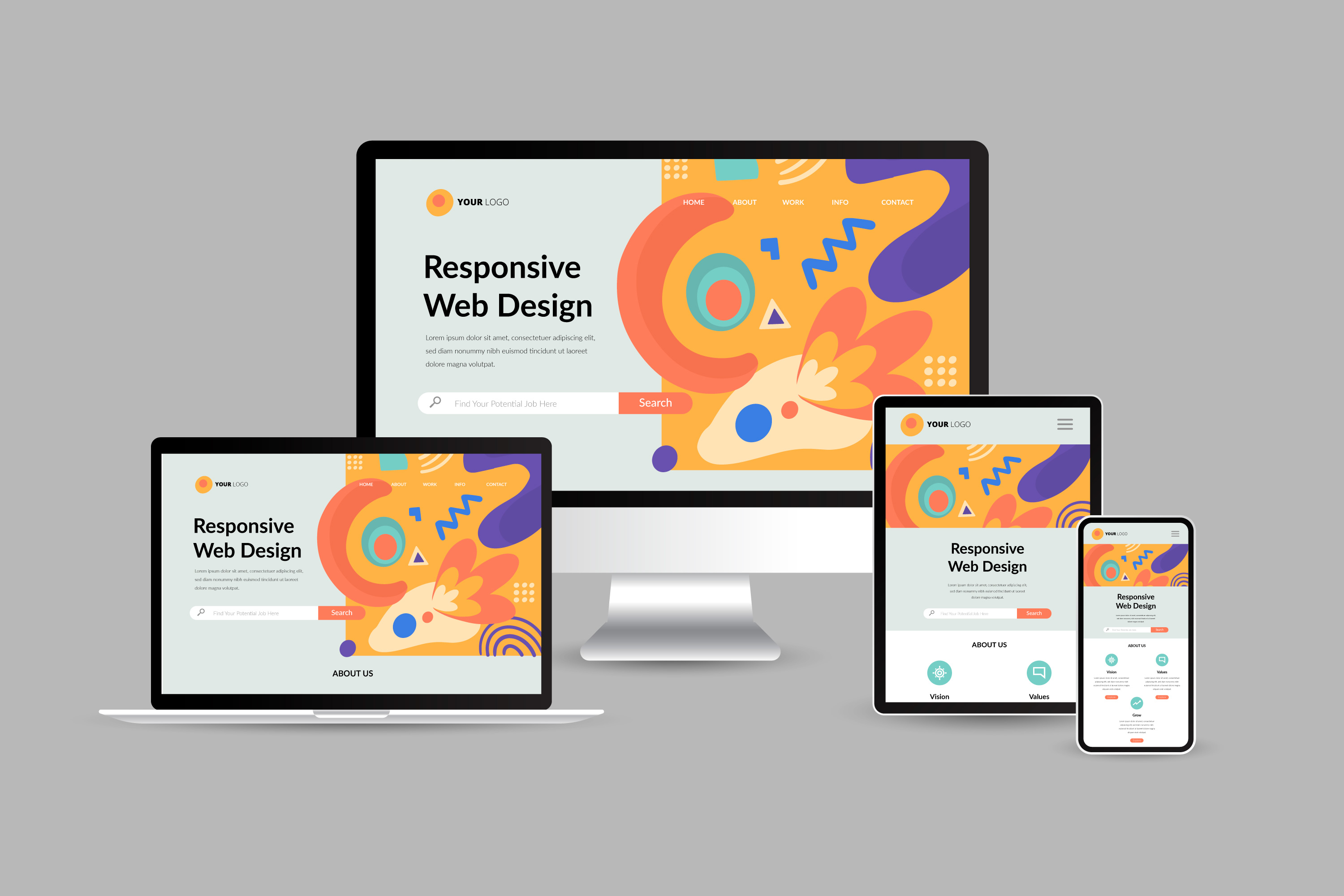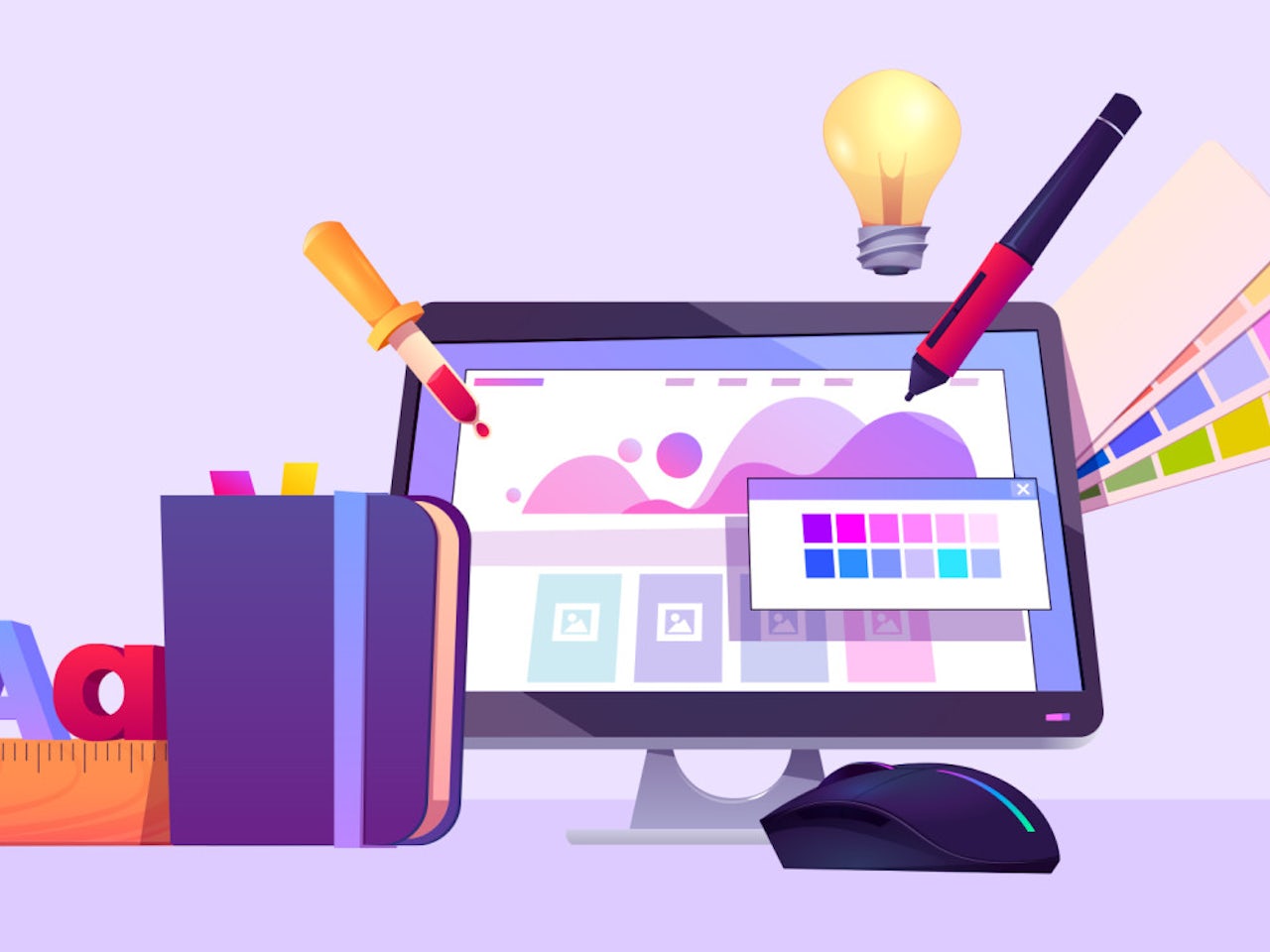Maximize Individual Experience With Innovative Internet Site Design Solutions
In today's digital landscape, taking full advantage of customer experience with ingenious site design services is crucial for companies seeking to engage their audience successfully. By accepting user-centric style concepts, organizations can produce interfaces that not only meet individual demands yet also improve total fulfillment. Key elements such as receptive formats, instinctive navigation, and effective aesthetic pecking order play a vital function in this process. Nonetheless, the integration of interactive elements can further boost the user journey, motivating a reevaluation of standard style techniques. When we take into consideration the advancing assumptions of individuals?, what methods might emerge.
Recognizing User-Centric Style

To implement user-centric style efficiently, it is important to perform extensive research, consisting of individual meetings, surveys, and functionality screening. These research approaches give useful information that educates design decisions, making sure that the last product aligns with customer expectations. Additionally, producing user characters can aid designers visualize and empathize with the end-users, leading the layout process toward a lot more relevant solutions.
In addition, repetitive design is a key element of user-centric approaches. By continuously screening and refining designs based upon customer comments, developers can recognize discomfort points and locations of renovation, bring about a much more polished end product. Ultimately, user-centric style is not merely a phase in the advancement procedure yet a constant dedication to prioritizing user demands, causing even more reliable and interesting electronic experiences.
Significance of Responsive Layouts
As electronic interactions progressively take place throughout a selection of gadgets, the importance of receptive formats can not be overstated. A responsive layout ensures that a website adjusts seamlessly to different screen dimensions, from desktop screens to mobile phones. This flexibility is vital in today's multi-device landscape, where customers anticipate a engaging and constant experience despite exactly how they access content.
The main benefit of responsive layout is boosted user fulfillment. When an internet site is optimized for all gadgets, it decreases the demand for zooming, scrolling, or straight navigating, which can lead and discourage customers to greater bounce prices. Additionally, internet search engine like Google focus on mobile-friendly web sites in their ranking algorithms, making responsive layouts important for efficient search engine optimization techniques.
Instead of managing different versions of a web site for different gadgets, a solitary, fluid style can be changed, saving time and resources. Eventually, investing in receptive designs is not just a fad; it is a basic concept of modern-day internet layout that dramatically improves user experience and interaction.
Enhancing Navigation and Availability
Reliable navigation and availability are critical parts of a properly designed web site, substantially affecting individual involvement and contentment. A straightforward navigating framework permits site visitors to discover details quickly and intuitively, reducing irritation and increasing the possibility of repeat gos to. Implementing clear, descriptive tags for navigation web links, together with a logical hierarchy, can assist customers flawlessly via the internet site.
Access is equally essential, making sure that all users, despite their disabilities or capabilities, can interact with the site successfully. This can be achieved through using proper color contrasts, message dimensions, like it and alt text for pictures, which with each other improve the experience for aesthetically damaged customers. Integrating key-board navigation and display visitor compatibility increases accessibility for customers with varied needs.
Normal usability testing can supply important insights right into navigating efficiency and ease of access problems. By gathering responses from genuine individuals, designers can determine pain factors and make informed adjustments. Eventually, focusing on navigation and accessibility not only promotes inclusivity but likewise grows a favorable user experience, enhancing the brand name's dedication to high quality and customer care in a significantly digital landscape.
Using Visual Power Structure Effectively
Visual pecking order serves as a guiding framework in site design, directing individuals' attention to one of the most crucial components on a web page. By purposefully arranging visual elements such as spacing, typography, and color, designers can create a clear pathway for users to follow. This framework not only improves user experience but additionally improves material understanding.
One effective means to develop visual pecking order is through the use of dimension and scale. Larger aspects naturally bring in more interest, making headings and vital visuals famous. Matching this method with contrasting colors can even more set apart key web content from second details, making certain that necessary details stands apart.
Additionally, the setup of aspects plays an important role in leading individual interaction. Utilizing a grid design can develop a cohesive circulation, while whitespace aids to separate content and decrease cognitive tons - Website Design. This intentional spacing permits individuals to process information more easily, resulting in enhanced engagement
Finally, using regular design patterns aids strengthen visual pecking order, giving individuals with familiar cues as they browse the site. By prioritizing these principles, designers can effectively make the most of customer experience, making certain that site visitors can effortlessly situate the information they seek.
Integrating Interactive Aspects
The consolidation of interactive aspects into site design can dramatically enhance individual engagement and total experience. Interactive features such as tests, polls, and sliders not only astound customers but additionally promote active engagement, making the searching experience extra memorable. By motivating users to interact, internet sites can efficiently preserve focus and lower bounce rates.
In addition, incorporating dynamic content like computer animations and float impacts adds an appealing layer of interactivity. These components can direct individuals without effort through the website, highlighting important info and contacts us to action. Animated switches can draw focus and enhance click-through rates.
Furthermore, customization through interactive tools such as chatbots or suggestion engines enables web sites to accommodate private choices, fostering a feeling of connection. This tailored method click this not only improves individual complete satisfaction but also encourages repeat brows through.
Integrating analytics tools to track communications provides important understandings right into individual behavior, allowing continuous enhancement of the interactive elements. Eventually, a well-designed interactive experience changes a passive browsing more information session right into an appealing journey, causing raised customer contentment and commitment. For that reason, incorporating interactive aspects is necessary for making best use of individual experience in modern website design.
Verdict

In today's digital landscape, taking full advantage of customer experience through ingenious site design remedies is vital for organizations looking for to engage their target market efficiently. Eventually, focusing on navigating and accessibility not only promotes inclusivity but likewise cultivates a positive user experience, strengthening the brand name's commitment to high quality and individual treatment in a significantly digital landscape.

In conclusion, maximizing individual experience with ingenious site layout options demands a dedication to user-centric concepts. Website Design.